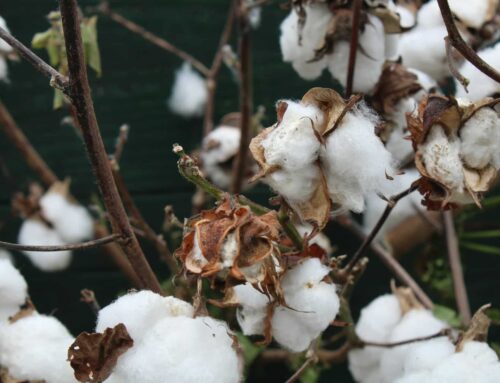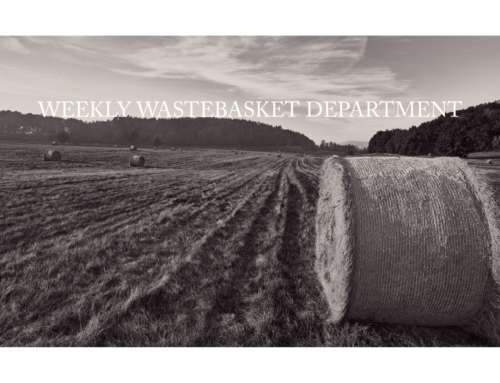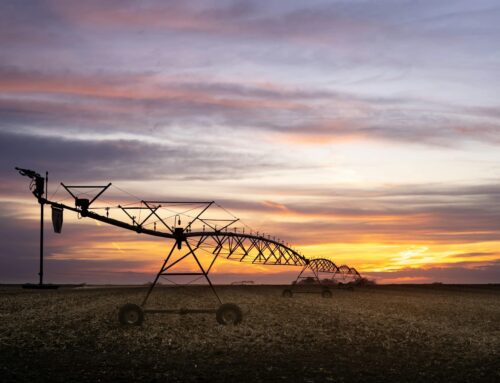The Biden Administration’s Fiscal Year (FY) 2022 discretionary budget request of $27.8 billion for the U.S. Department of Agriculture (USDA) includes a $3.8 billion (16 percent) overall increase in funding from FY21. Within the request, there are proposed funding increases for various priorities, including:
- Expanding broadband access
- Wildfire suppression (through hazardous fuels and forest resilience projects)
- Establishing an equity commission to address racial and geographic inequities for farmers within current farm programs
- Increased funding for rural electric providers to shift to “carbon-pollution free” electricity by 2035 (the devil will be in the details to determine if the electricity is really carbon free)
- Increase in rural electric loan authority funding for clean energy projects
- Increased funding for the Food Safety and Inspection Service “to bolster the capacity of small and regional meat processing” and investments in local agriculture marketing programs
There is also a call for investments to assist increased adoption of agricultural conservation practices on the 1.4 billion acres of private farm (396 million acres), range (528 million acres), and forest land (445 million acres). It is estimated USDA will spend $5.4 billion on conservation programs in the current fiscal year (FY21). President Biden proposes future additional spending on conservation and climate priorities, including:
- $4 billion for USDA’s research, education, and outreach programs
- “significant investments within the Forest Service (USFS) and the Natural Resources Conservation Service” (NRCS) to encourage participation in voluntary conservation programs
- An additional $161 million to support a multi-agency initiative to integrate science-based tools into conservation planning in order to measure, monitor, report, and verify carbon sequestration, greenhouse gas reduction, wildlife stewardship, and other environmental services
- Increase of $40 million for USDA’s climate hubs to expand climate science tools and increase landowner awareness of and engagement in efforts to combat climate change
While we’ll likely have to wait until the full budget is released to get details on these “significant investments” at USFS and NRCS, we have called for better monitoring, measurement, and verification in agriculture conservation programs in the past. Broader proposals from the Administration and Congress to create a new USDA carbon bank should be carefully evaluated, however, in light of future climate outcomes, taxpayer costs, and return on investment.
The economic disruptions caused by the COVID-19 pandemic show the value of conservation practices in helping producers become resilient in the face of climate and market uncertainties. Incorporating conservation practices into agricultural production can help farmers and ranchers increase efficiency, reduce operator costs, increase yields, and ultimately position themselves to be better prepared for the next disaster or financial challenge.
We’ll have to wait for details to draw conclusions. But if USDA is serious about increasing investment in tools that will promote farmer and rancher resilience instead of dependence on federal subsidies, that’s a good start.
_














Get Social